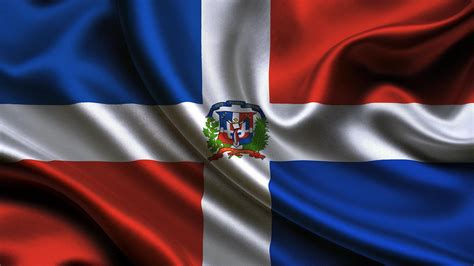
The Dominican Republic, a nation on the island of Hispaniola, is a part of the Greater Antilles island chain in the Caribbean Sea. The country, which ultimately claimed independence in July of 1924, occupies five-eighths of the aforementioned island, which it shares with the country of Haiti, making Hispaniola one of two Caribbean islands, along with Saint Martin, shared by two countries. In terms of both area and population, the Dominican Republic is the second largest Caribbean nation (after Cuba), with roughly 18,700 square miles (48,445 square kilometers) of total land space an estimated population of 10.1 million permanent inhabitants, of which roughly one million lives in the capital city of Santo Domingo.
History of the Dominican Republic: Introduction
The history of the Dominican Republic can be traced back to 600 AD, when the lone occupants of the island were the Taino people, an indigenous tribe of early Amerindians. On his 1492 voyage sponsored by the Catholic monarchs of Spain, the Italian explorer Christopher Columbus landed on the island, which soon after became the first permanent European settlement in the Americas, namely Santo Domingo, the country's capital and Spain's first capital in the New World.
After three centuries of Spanish colonization, with periods of French and Haitian rule, the Dominican Republic became independent in 1821. The ruler of the region, José Núñez de Cáceres, was intent on making the Dominican Republic part of the nation of Gran Colombia, but he was quickly removed by the Haitian government and "Dominican" slave revolts.
Victorious in the Dominican War of Independence in 1844, Dominicans experienced mostly internal troubles over the next seven decades, and also a brief return to Spanish rule. The United States occupied the country from 1916–1924, which was followed by a relatively tranquil and prosperous six-year period under the leader Horacio Vásquez Lajara.

Around 1930, the Dominican Republic found itself under the control of the ruthless dictator Rafael Leónidas Trujillo Molina, who ruled the country until 1961. The civil war of 1965, the country's last significant period of strife, was ended by a United States-led intervention, and was followed by the authoritarian rule of Joaquín Balaguer, the leader from 1966–1978. Since that time, the Dominican Republic has moved steadily toward representative democracy, and has been led by Leonel Fernández for most of the time after 1996. Danilo Medina, the Dominican Republic's current president, succeeded Fernández in 2012, winning 51% of the electoral vote over his opponent and ex-president Hipólito Mejía.